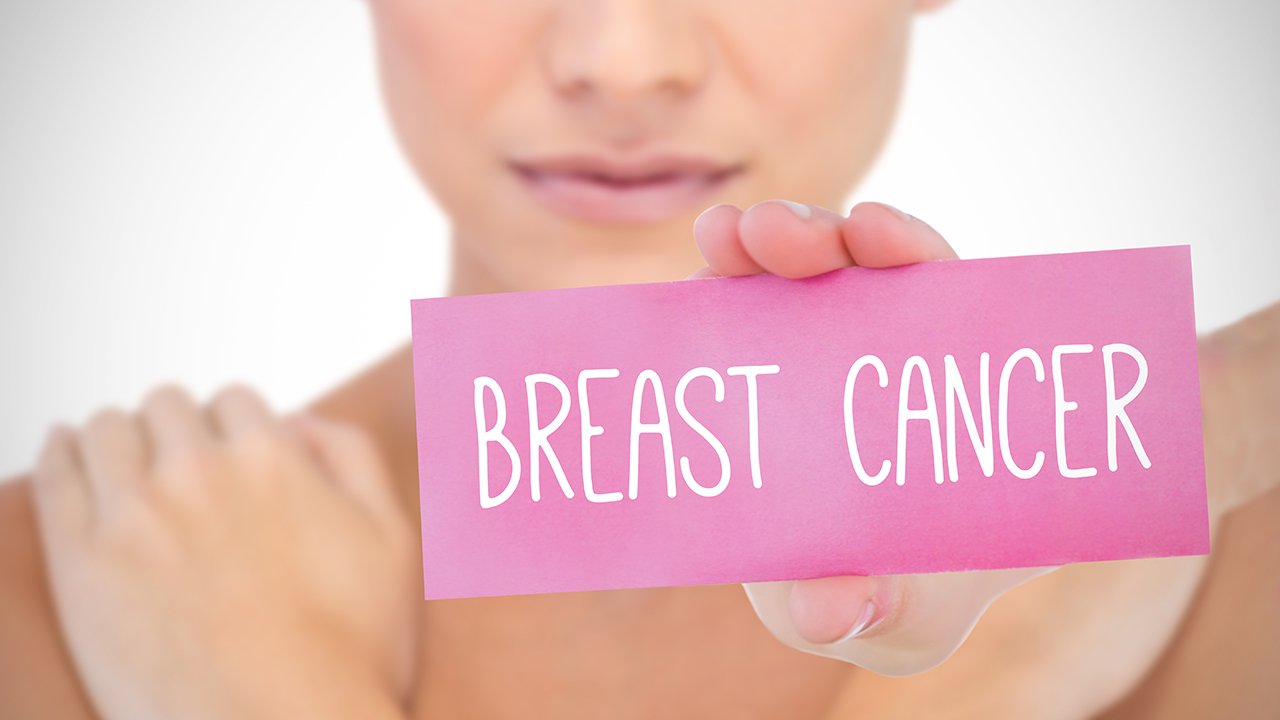How can you reduce your risk of breast cancer
Breast cancer is common among American women and is even a cause of mortality among some races. While there are certain risk factors like an advancing age, family history or genetics that cannot be modified, you can reduce your risk of developing breast cancer by making certain dietary and lifestyle modifications. These include:
Maintaining a healthy weight
Excessive weight gain especially that occurring after menopause is associated with a greater risk of breast cancer. An excess weight causes an increase in estrogen levels, which is responsible for this occurrence . So, in order to reduce your risk of breast cancer, it is recommended to maintain an ideal weight throughout your life.
Reduce the intake of fats
Eating a diet rich in unhealthy fats leads to weight gain, which is one reason why it must be avoided. Additionally, studies have linked a high fat diet with a greater risk of breast cancer. So, it is essential to stay away from unhealthy fat sources like saturated fats and trans fats to reduce your risk.
Eat more fresh fruits and vegetables
It has been suggested that the intake of fresh fruits and vegetables has a protective role in your body, thereby reducing your risk of developing breast cancer. So, include an array of fruits, salads and boiled vegetables in your daily diet.
Increase physical activity
Studies have found that physical activity and exercise reduces the risk of breast cancer. Keeping this in mind, American Cancer Society recommends at least 150 minutes of moderate physical activity in a week, which can include activities like brisk walking or jogging. 75 minutes of intense training in the form of yoga, weight lifting, pilates, etc. will have the same effect and you can opt for either or form a combination.
Get more active
As much as maintaining a healthy weight and exercise is important, it is essential that you reduce your sitting time and avoid sitting at a stretch for prolonged hours. It is important to move around and get going every now and then. If you are at office, it is recommended to take a break every few hours and perform a few stretches. You can also form a work fitness group and go for walking during your break hours. Simple changes like taking a staircase instead of an elevator and dancing with your spouse or skipping during TV commercials also count.
Limit alcohol intake
Women who drink more alcohol are at a 20% higher risk of developing breast cancer even if they drink as less as 2 to 3 drinks a day. So, it is ideal to limit alcohol consumption to an occasional drink and in any way you must not go beyond having a single drink each day.
Monitor your blood sugar levels
Even if you maintain a healthy weight and are otherwise physically healthy, you could be affected by diabetes, which causes your insulin levels to fluctuate. These changes in the level of the hormone insulin are associated with a greater risk of breast cancer screening. So, it is important that you keep your blood sugar levels in check and also monitor them closely.
Avoid getting breast implants
Breast implantation and augmentation surgeries increase your risk of developing breast cancer because of an increase in the scar tissue. So, in order to reduce your risk, it is best to stay away from any kind of surgeries on your breasts and embrace their natural shape and size.
Avoid hormone replacement therapy
Menopause is associated with many unpleasant symptoms like weight gain, hot flushes and mood swings. To ease these, women tend to undergo hormone replacement therapy, which has been recently discovered to increase the risk of developing breast cancer.
If you are troubled with menopause symptoms, it is a better idea to make healthy dietary and lifestyle modifications, to ease these symptoms rather than undergoing hormone therapies. If you are currently on this therapy, you are advised to talk to your doctor and wean it off in order to reduce your risk of breast cancer.
You must note that making these changes will not surely protect you against breast cancer but may have a role in its prevention.



